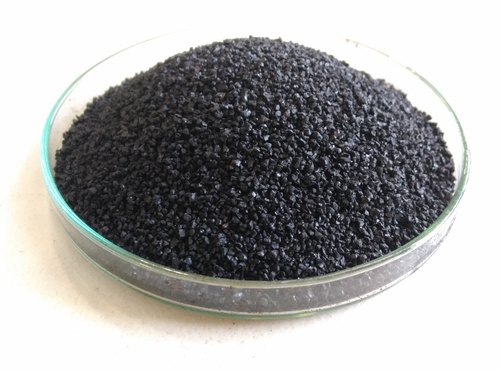Potassium Humate are also used for the rehabilitation of soil contaminated by heavy metals like lead and cadmium due to their unique physicochemical properties.
Soil heavy metal pollution is an important environmental problem facing China and many other countries in the world. Soil in situ fixation / stabilization technology is widely used in practical engineering due to its ease of operation, rapid repair, and low cost.
In this paper, the effect of potassium humate on single and composite pollution of lead and cadmium was studied by laboratory culture experiments, using heavy metal morphological extraction and bioavailability in vitro methods, and by assessing soil health risk based on bioavailability.
The main research results are as follows: (1) For lead-contaminated soil, the changes in the form of heavy metals with the addition of potassium humate are manifested as: the content of weakly acid-extracted and reducible lead decreases, and the content of oxidizable and residual lead increases. Two in vitro extraction methods (SBET and PBET) were used to determine the bioavailability of lead. The results showed that with the increase of the amount of potassium humate, the bioavailability of soil lead decreased significantly.
Based on the consideration of land use types, health risk assessment is conducted. It can be seen that the hazard quotient of sensitive land is higher than that of non-sensitive land, and the risk control value of pollutants is lower than that of non-sensitive land. The calculation results obtained using the bioavailability-optimized health risk assessment model show that as the amount of potassium humate increases, the hazard quotient of the contaminated soil is significantly reduced, and the risk control value of lead is significantly increased.
(2) For different concentrations of cadmium contaminated soil, the change trend of heavy metal forms with the addition of potassium humate was mainly manifested by the conversion of weakly acidic cadmium to oxidizable and residual cadmium. The PBET method was selected as the in vitro extraction method of biodegradability. The results showed that the biodegradability of cadmium decreased with the increase of potassium humate, and increased with the increase of cadmium pollution.










